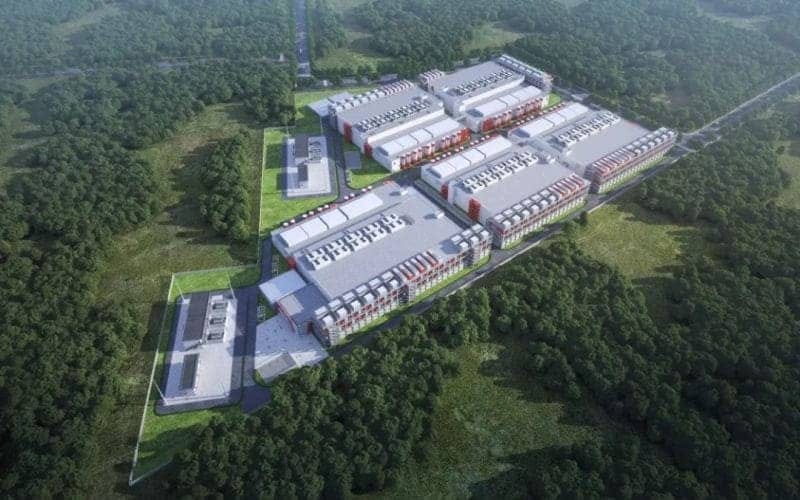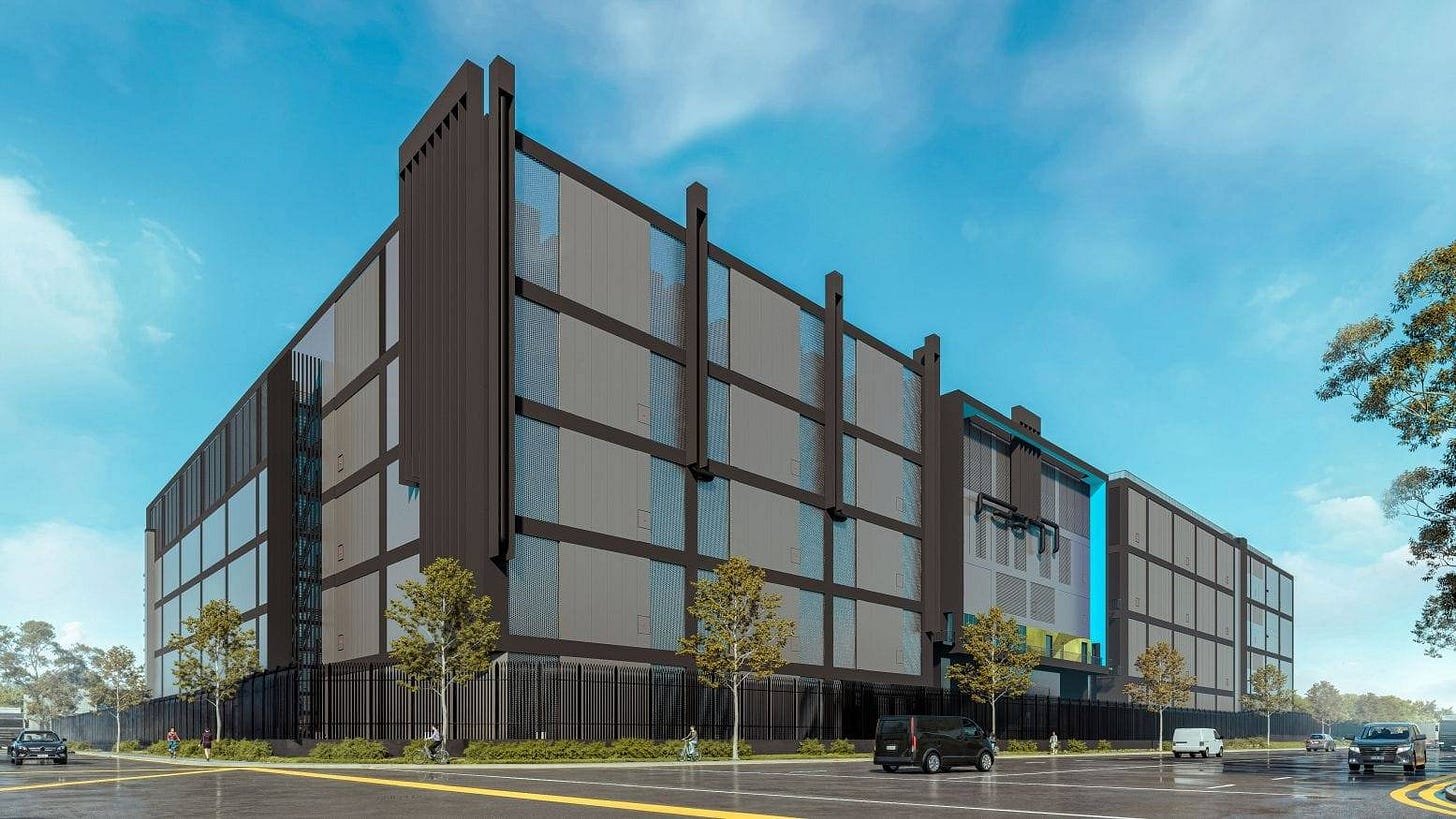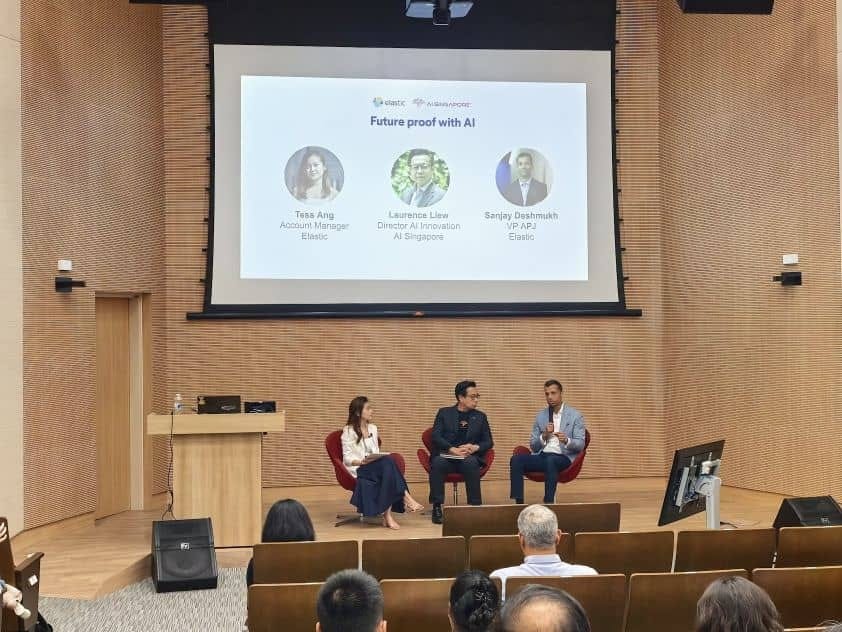When growth hits reality: Johor's first stop-work order and AI's human problem
And how AirTrunk secured Singapore's largest data centre approval since 2019.
Data centres are the lifeblood of AI. To hear big tech tell it through news headlines, we can never build enough of them.
In Southeast Asia, however, nations are taking very different approaches. Singapore continues to push sustainable data centres. Even Malaysia, which is in the midst of a once-in-a-generation surge of data centre growth, is tapping the brakes with new guidelines, higher electricity pricing (power is heavily state-subsidised), and new regulations regarding water usage.
This week, we had news of a stop-work order issued for the first time against a data centre project in Johor, Malaysia. Meanwhile, AirTrunk revealed it's building a new 70MW data centre in Singapore - the largest since the 2019 moratorium. Let's explore what these developments mean. I'll also share thoughts on the very human problem with AI.
The data centres next door
A data centre project in Johor earned the dubious distinction of becoming the first to receive a stop-work order this week. I wrote about it on Friday and was surprised by the responses - including from people who'd normally avoid commenting on sensitive topics.
Dirty roads, construction at ungodly hours, and missing safety hoardings six months into construction. Clearly, this struck a nerve.
So, what happened? From what I can piece together, Johor's state housing and local government committee chairman Datuk Mohd Jafni Md Shukor decided to go nuclear on Thursday. He called the media, filmed himself issuing the order on-site, then held a press briefing. For good measure, the 30-minute video was uploaded to Facebook, where it promptly went viral.
While he carefully avoided naming Chinese data centre operator ZData - and mainstream media followed suit - glimpses of personnel in ZData attire gave the game away. Which means the data centre community is already aware.
There is a lot to unpack here. Why go public so dramatically, considering the importance of “face” to the Chinese. Why burn all bridges instead of issuing a private warning first? And is ZData the only offender here? I'll leave you to connect the dots and draw your own conclusions.
Looking at this situation, ZData could certainly benefit from professional crisis communications help at this point.
Finally, how many data centres are under construction in Johor right now? I don’t know for certain, but we can add up the numbers. 15 under construction (official), 42 new projects approved in Q2 2025 (official), and 13 operational (a substantial number, if not the majority are probably still constructing additional phases). You do the math.
AirTrunk's 70MW Singapore play
On Monday, AirTrunk confirmed that it is building a new data centre in Singapore. At 70MW, AirTrunk SGP2 is the largest data centre approved since the 2019 moratorium. (Nxera's 58MW DC Tuas doesn't count because it was technically approved before the moratorium.)
I wrote about what little details we know about SGP2 here. Unfortunately, AirTrunk wasn't in a position to take questions. Yes, I asked the moment I saw the announcement under embargo on Friday. Still, how did AirTrunk secure the go-ahead for such a large data centre when the pilot DC-CFA only offered 20MW to each winner?
The answer, as I wrote last year, is that the DC-CFA is just one the pathways to secure data centre capacity in Singapore. That became clear when I clarified with IMDA how the 300MW will be allocated. What I know for certain: DC-CFA isn't the only pathway.
There are several pathways: data centres powered by renewables, those supporting highly strategic initiatives, and of course, the DC-CFA.
And if you mull over the requirements of modern data centres, it is evident that the era of small data centre operators is effectively over. The capital demands, access to talent, ecosystem play, and in Singapore at least, the clout needed to deploy novel fuel, are simply out of reach for smaller operators today. They either need to raise substantial funds quickly or position themselves for acquisition. There's no middle ground anymore.
The human problem with AI
What will the future of AI bring? This is a topic I've often written about. As an AI realist, I've explored both the opportunities and the risks to evaluate AI without the fluff and hyperbole.
This week, I was at "Future proof with AI" organised by AI Singapore and Elastic, which I wrote about here.
It was a rich session that I'm still thinking over. But perhaps the most impactful was the final session where Elastic's senior customer architect Han Xiang Choong shared his generative AI journey and how it solved a particularly daunting problem at his previous organisation.
His team was tasked with solving long servicing times at the customer service centre. They explored multiple approaches including traditional AI/ML and even building an LLM from scratch. Many months went by. Nothing worked.
Then came the revelation: the problem was completely human. Long training times for new agents, undocumented best practices, and poor knowledge transfer were the real culprits.
So instead of creating an impossibly good AI solution, they built a co-pilot tool that helped existing personnel quickly access the answers they needed. Rather than building something novel, they focused on using generative AI and data management to do help agents find the answers they need really, really well.
And it worked. Call handling time dropped by 20% and accuracy shot up to 95%.
Sometimes the best AI solution is recognising that the problem was never about AI in the first place.
A version of this editor’s note first appeared in my free TechStories newsletter that went out earlier today. To get this in your inbox alongside other stories I wrote this week, sign up here.





